Health ministers can play big role in road safety
Posted 6 years ago
Road traffic injuries constitute a major public health burden, with significant health and socioeconomic costs.
Though the behavior of road users matters, good public policy has the potential to dramatically reduce the burden. To this end, the health sector has a critical role to play
As the World Health Organization, we urge health ministers to intensify action to enhance road safety, including strengthening post-crash response and working across sectors to increase the safety standard of roads and vehicles.
Road traffic injuries kill approximately 316 000 people each year in the WHO South-East Asia Region, equaling 865 fatalities each day. Twenty to 50 times that number are injured or disabled and require long-term care.
Vulnerable road users, pedestrians, cyclists and motorcyclists make up 50% of all road traffic deaths in the Region.
Strengthening post-crash response is vital to tackling road-related morbidity and mortality. All countries should have a nationwide emergency phone service, while pre-hospital response and hospital trauma care systems should be fit for purpose.
In addition, steps should be taken to enhance early rehabilitation and support for road crash victims.
This will help avoid long-term complications and enhance quality of life. It will also reduce health care usage over the life-course,” she said.
As per the Decade of Action for Road Safety 2011-2020, as well as the Sustainable Development Goals, all countries are now striving to halve the number of deaths and injuries from road traffic accidents by 2020.
To achieve this target it is important to gather more and better data on road safety incidents.
Good data allows authorities to analyze and understand the factors causing road crashes, as well as to devise and implement cost-effective solutions.
Clear lines of responsibility and partnership among government agencies and stakeholders can help this process, especially given the problem’s multi-sectoral nature.
Countries can build better road infrastructure – including bicycle lanes and pedestrian crossings – to protect vulnerable road users, while stressing the need for legislators to ensure laws related to vehicle manufacturing are harmonized with global standards.
Safer vehicles save lives. Each one of the seven priority international vehicle safety standards should be included in all new cars sold, from seat belts to electronic stability control.
Just two of South East Asia’s countries currently apply these standards. No country applies all. All countries can – and must – take action.
The comments are from a speech by Dr Poonam Khetrapal Singh, Regional Director, WHO South-East Asia delivered during the Seventieth session of the Regional Committee in Male, Maldives.
The statements and opinions expressed by the author on this page do not necessarily reflect the opinions, beliefs, viewpoints or official policies of the Road Safety Hub.

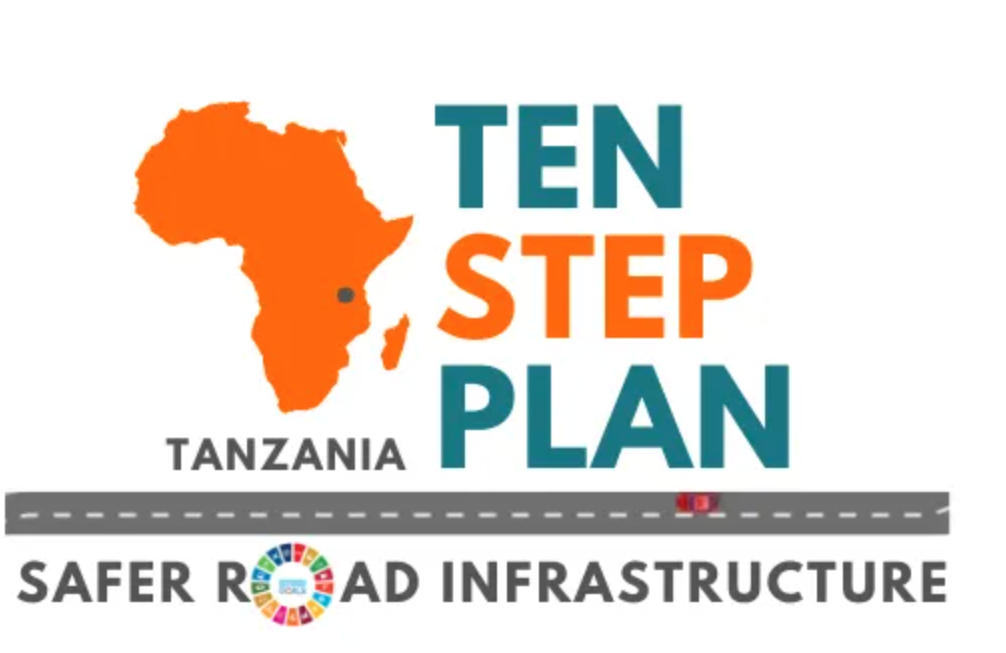
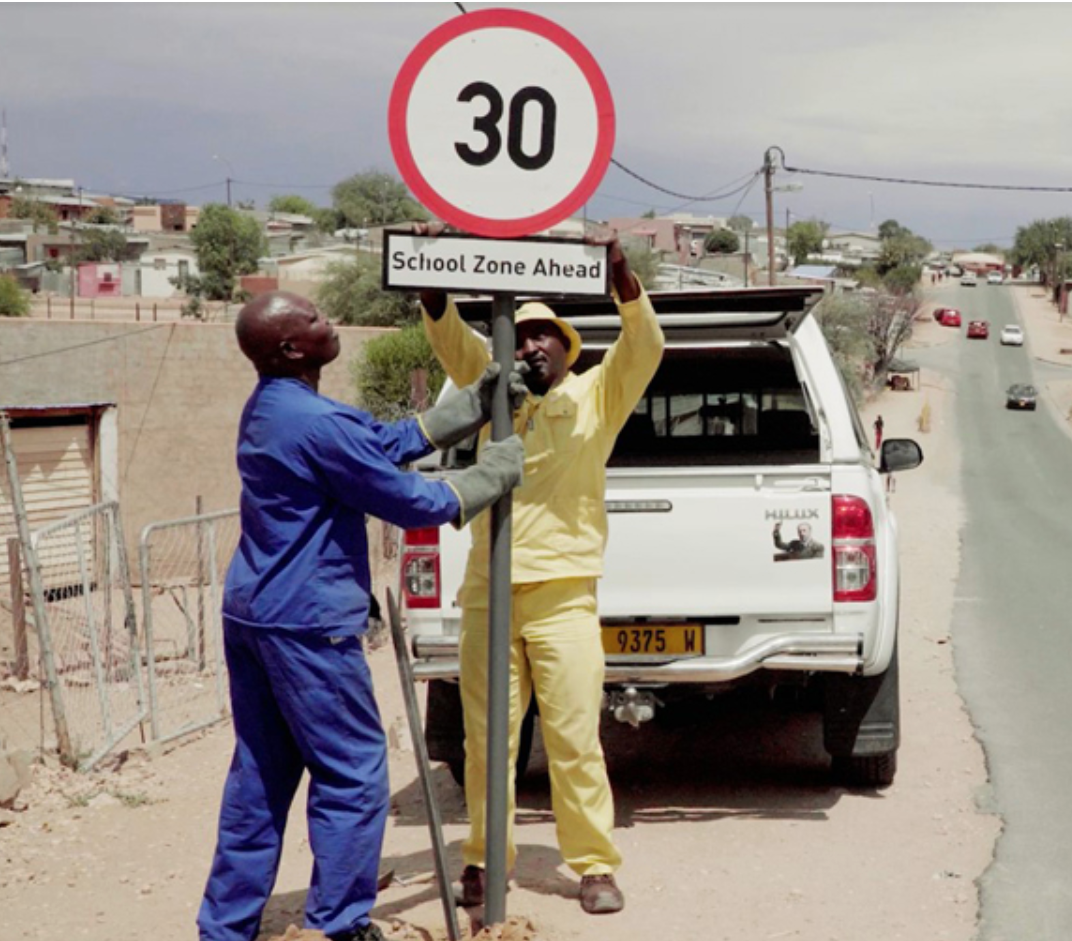
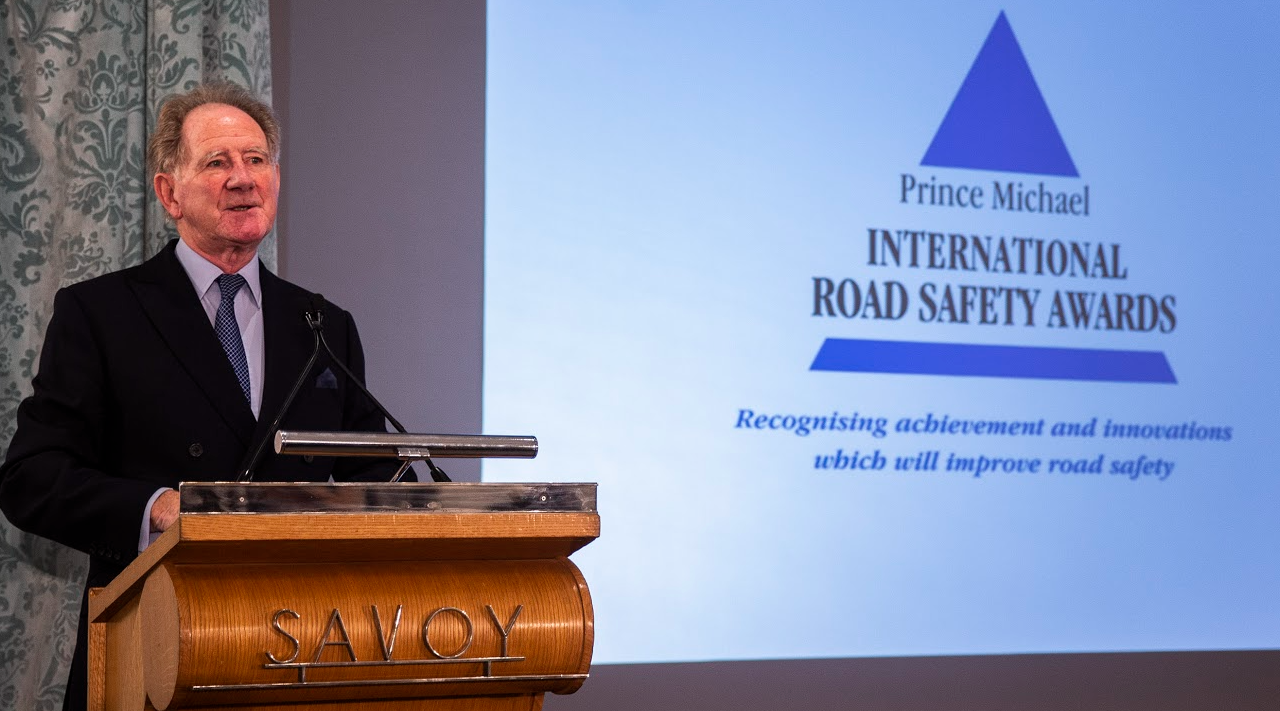
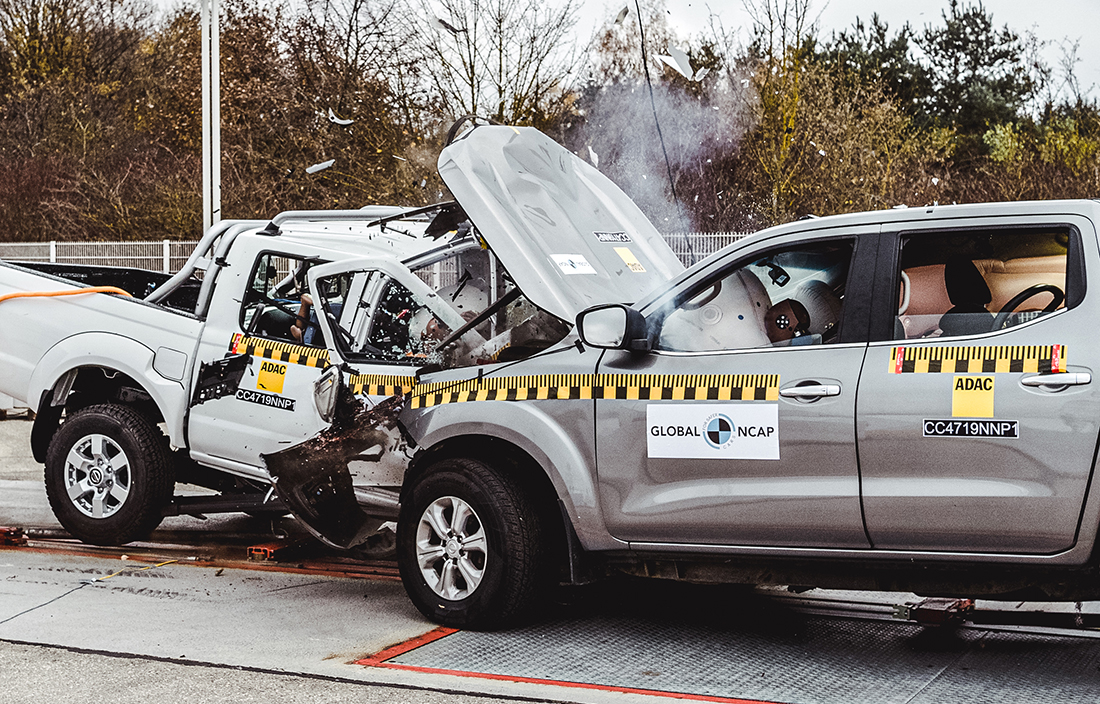
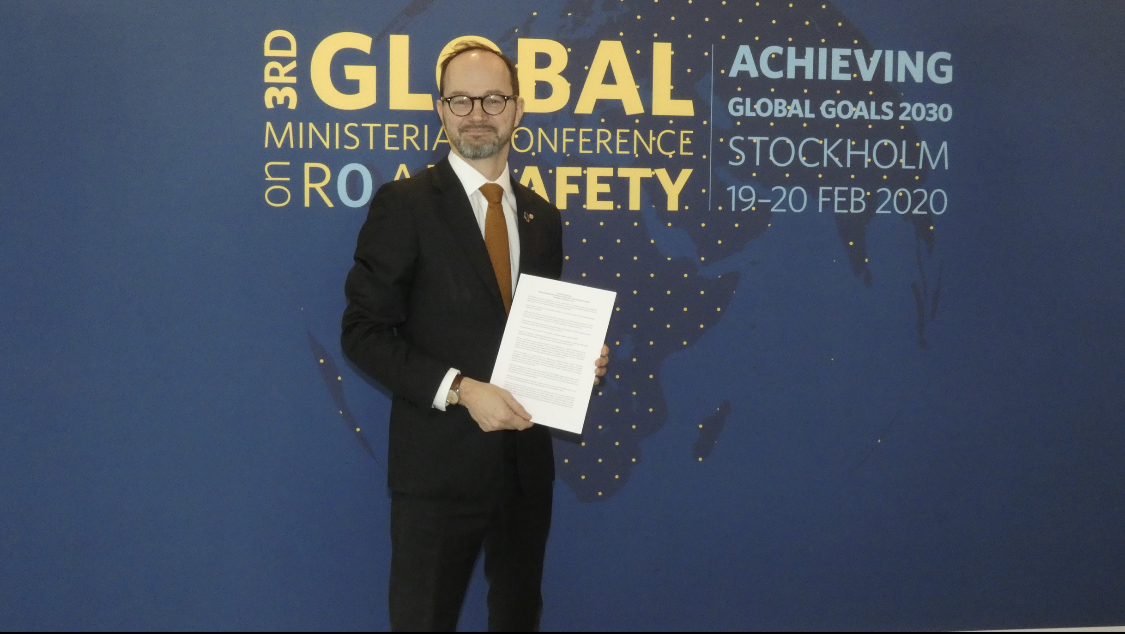
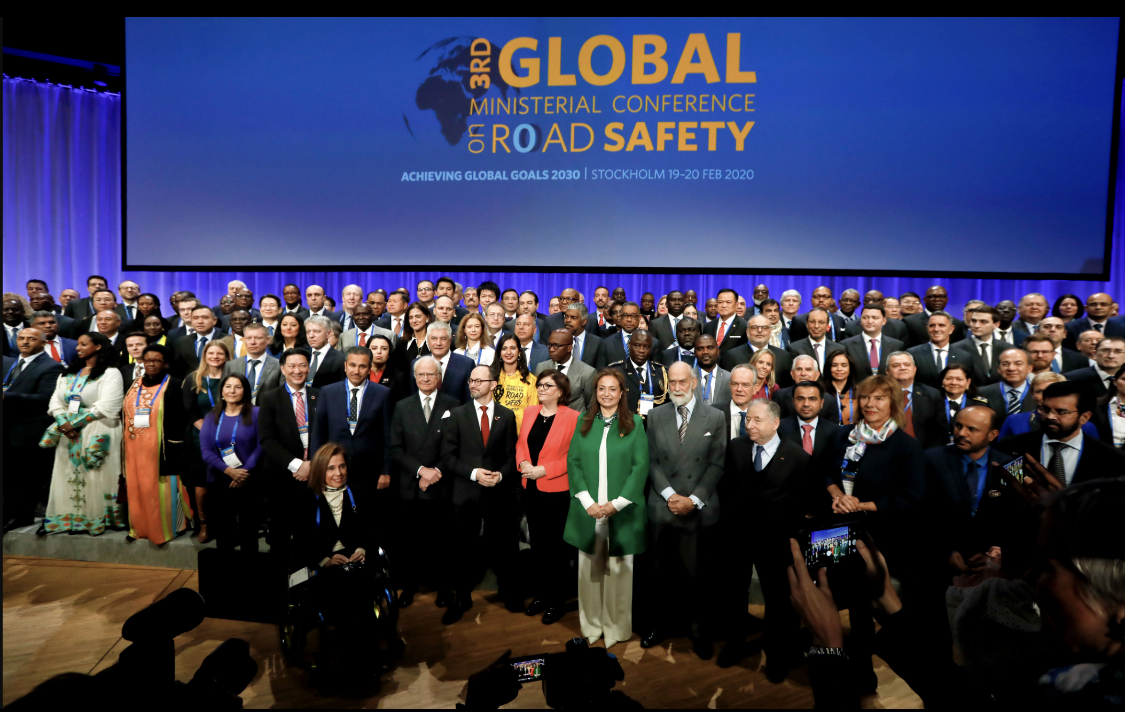
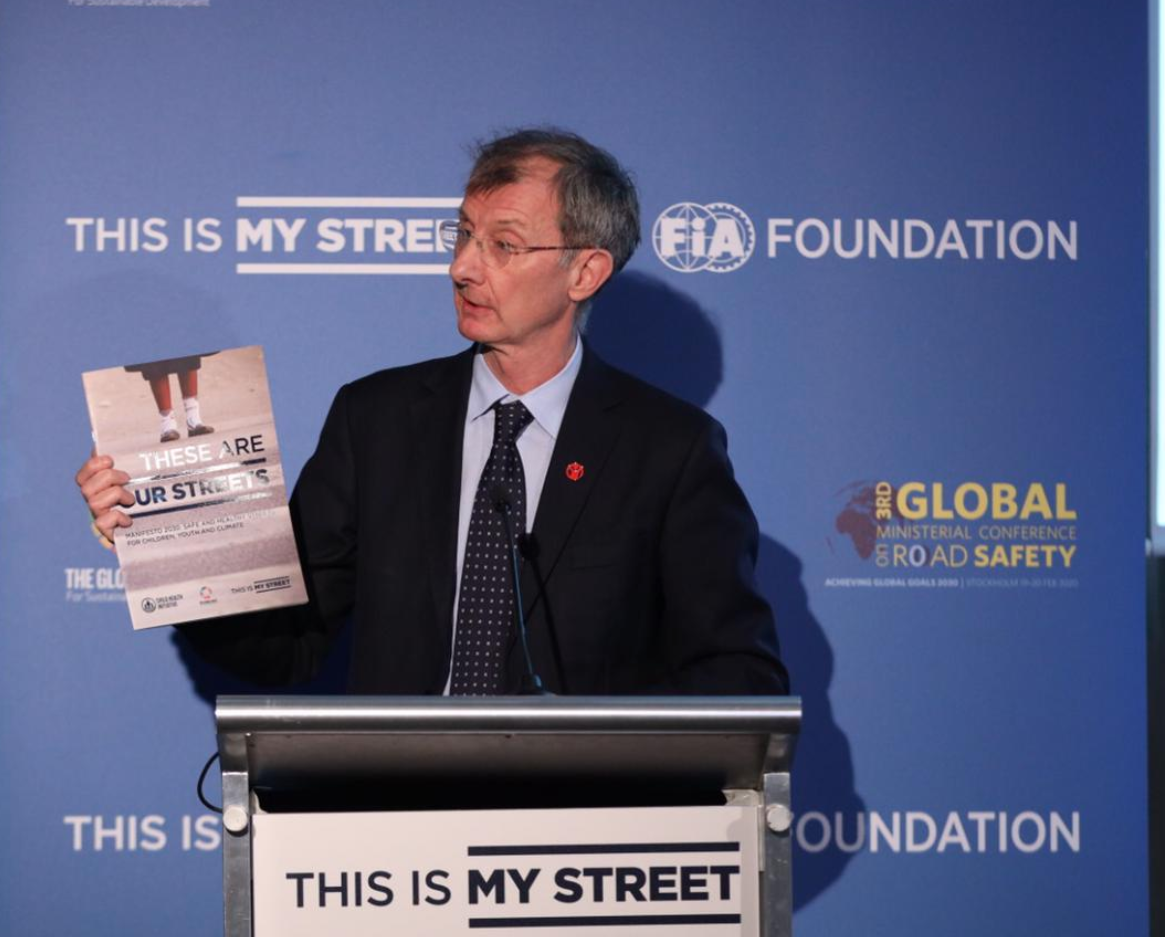



 RSS Feeds
RSS Feeds